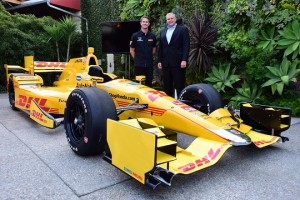 By Dave Lewandowski | indycar.com
By Dave Lewandowski | indycar.com
Steve Eriksen says the introduction of aerodynamic bodywork to the Verizon IndyCar Series will usher in a new era in racing.
“It’s pretty wild, and it’s really wide open. It’s more open than Formula One,” the vice president and COO of Honda Performance Development said of the program from design and testing to manufacturing and supplying its six Verizon IndyCar Series teams. “Now you’ll have the visual differences across the cars. It’s getting back to the roots of IndyCar where you have development.”
Eriksen was joined by defending Indianapolis 500 Mile Race winner Ryan Hunter-Reay, who drove an Andretti Autosport car during a bulk of the on-track development, and principals from Honda Performance Development, American Honda and INDYCAR in unveiling Honda’s base road/street course and short oval aero kit during a reception in Culver City, Calif.
The program sprouted in 2012 as a platform for developments in safety, performance and efficiency, to visually differentiate the cars on the racetrack and to promote the INDYCAR brand. Liberal regulations were announced in July 2013 by INDYCAR and manufacturer on-track testing commenced in October 2014. Homologation of components was January 18.
2012 Verizon IndyCar Series champion and 2014 Indy 500 winner Ryan Hunter-Reay speaks with The RACER Channel’s Marshall Pruett about his efforts as the primary aero kit test driver for Honda.
Concepts for the aero kit were validated using the Honda simulator in Brownsburg, Ind., and components were developed by utilizing Computer-Aided Design and Computational Fluid Dynamics technology. Full-scale wind tunnel testing was utilized to confirm aerodynamic performance characteristics and create aero maps to be used during on-track testing.
“It’s a huge uphill battle because of several factors,” Eriksen said of the engineering feat. “One is you know there is so much performance potential you’re frantic to make sure you get as much of that performance potential in the constraints of the time available. If you look at the rate of gain of an aero kit versus an engine, it’s drastic for the aero kit. That’s part of the pressure you feel.
“You also meet the safety requirements set by INDYCAR. Time will tell if we have the best kit out there and we did everything we could have done, and I mean everything.
“It’s been an interesting journey to get here and we’re really pleased with the results we’ve been able to achieve and hope they’ll show up on track against our competitor as the better kit.”
Chevrolet introduced its road course/street course and short oval design Feb. 17. The March 29 Firestone Grand Prix of St. Petersburg marks the inaugural competition between the manufacturers’ body kits. Engine competition in the Verizon IndyCar Series resumed in 2012.
Team testing opens March 13, and all teams will convene March 16-17 at Barber Motorsports Park for an official INDYCAR test.
A speedway aero kit configuration will be delivered to teams by April 1.
Competitors’ road/street and short oval packages for the Dallara IR-12 chassis will be easily differentiated by their shapes. References to the cars will incorporate the name of the corresponding manufacturer.
“I was enthused about it from the get-go because I could be in a position to help build what is a completely different race car than what we’ve seen in the past,” Hunter-Reay said. “The fact that one manufacturer will be distinguishable from another — that Honda will be different than Chevy — I think is a big deal. That’s how it always was when I was growing up, and it’s going to be like that again. Fans will be able to pick the two apart.”
Winglets, flaps, ramps, dive planes and flicks of Honda’s multi-layered design complement the main components in the legality boxes prescribed in INDYCAR regulations, totaling nearly 200 pieces and offering more than one million combinations to teams/drivers to extract the top performance on the diverse set of racetracks during the upcoming season.
“The Verizon IndyCar Series has such an amazing array of tracks and you really want to fine tune to each of those tracks, and this allows you to do that,” Eriksen said. “It’s really going t be a fun and interesting year to learn about the creative ways the teams can run this car.”

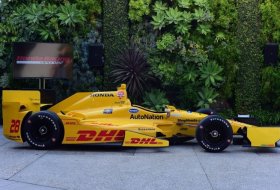
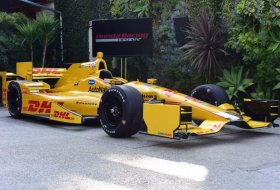
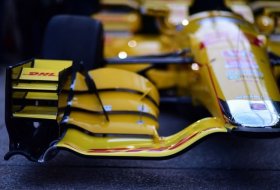
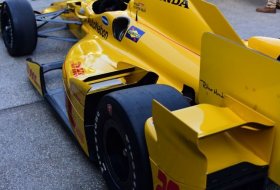
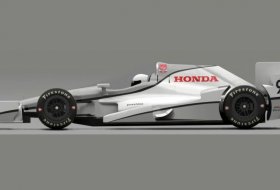
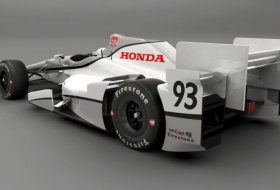
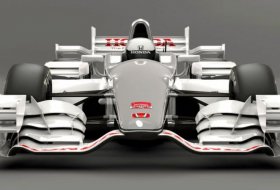
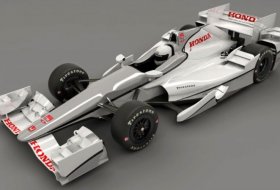





No comments yet.